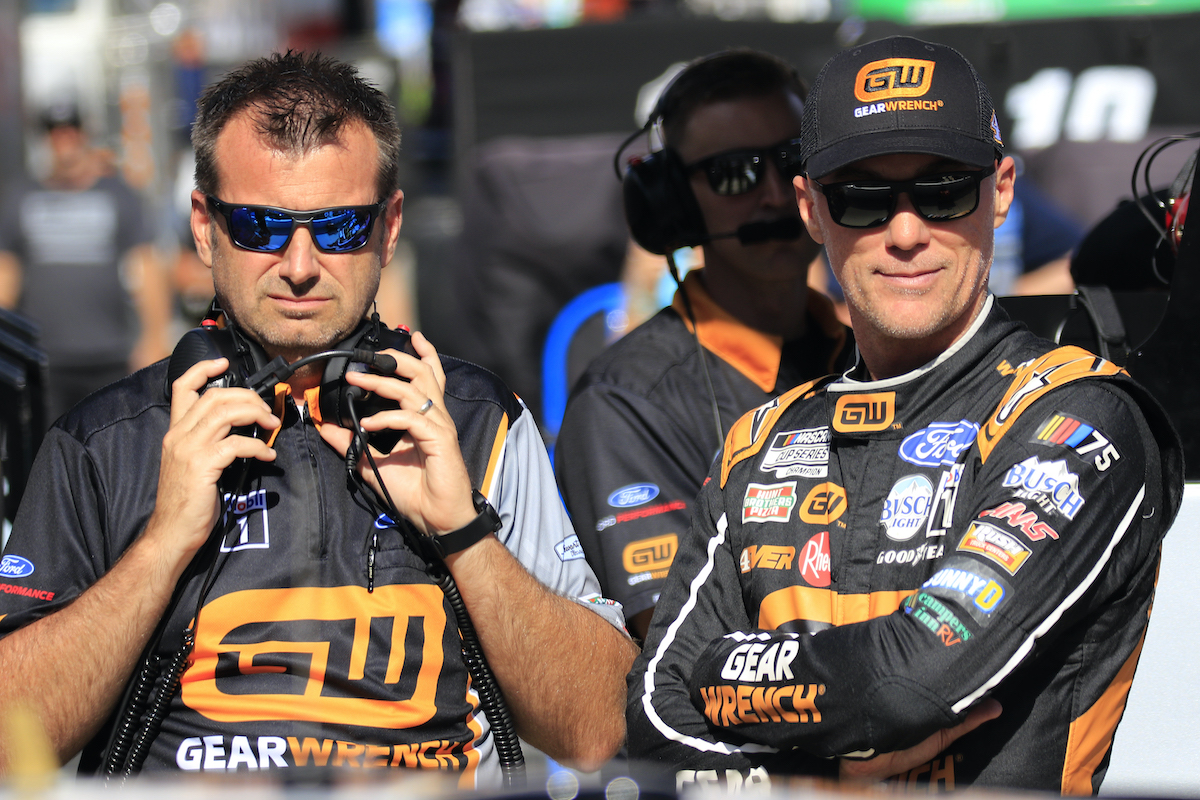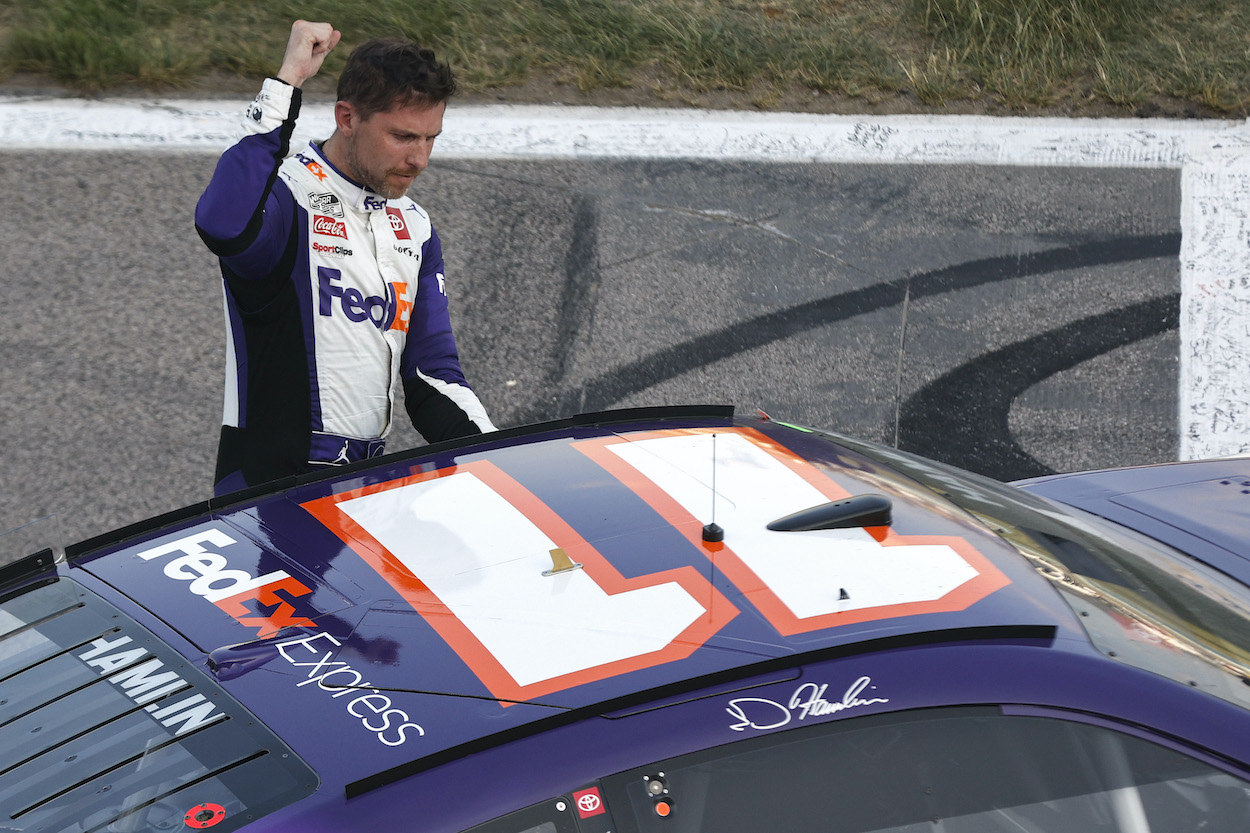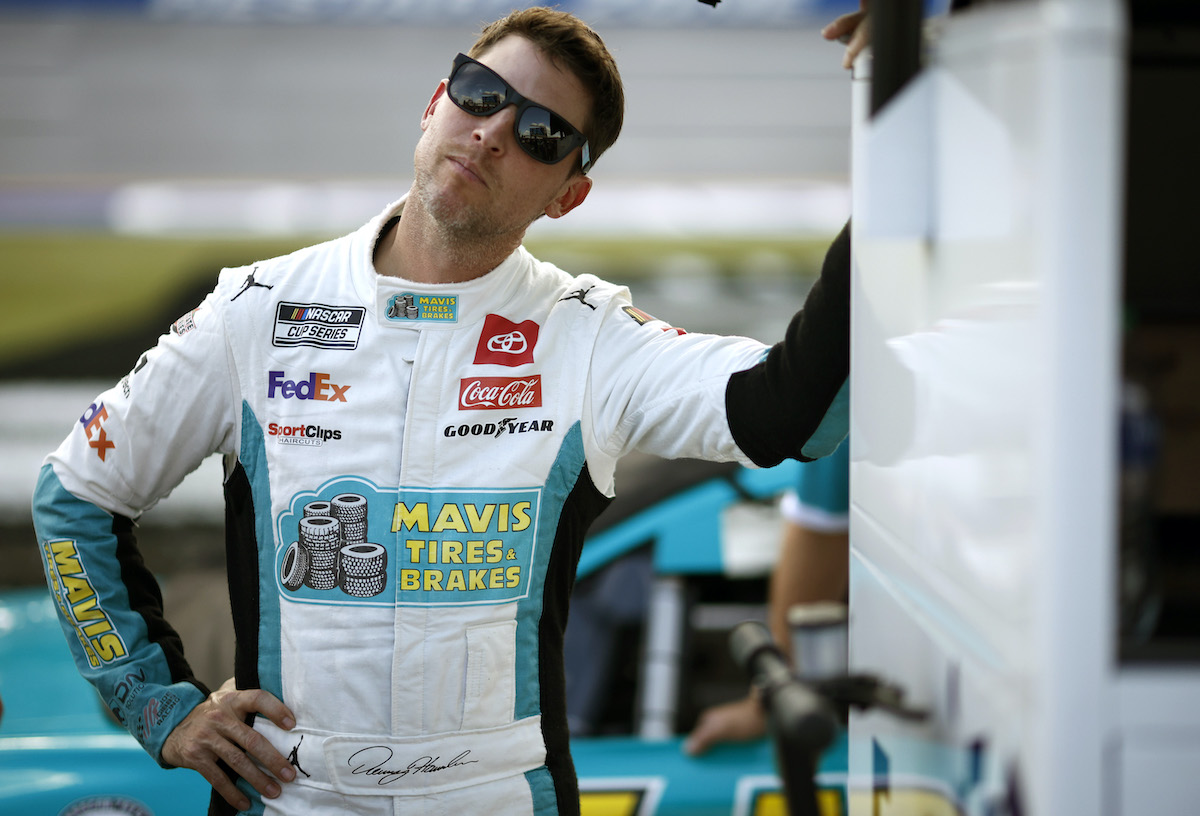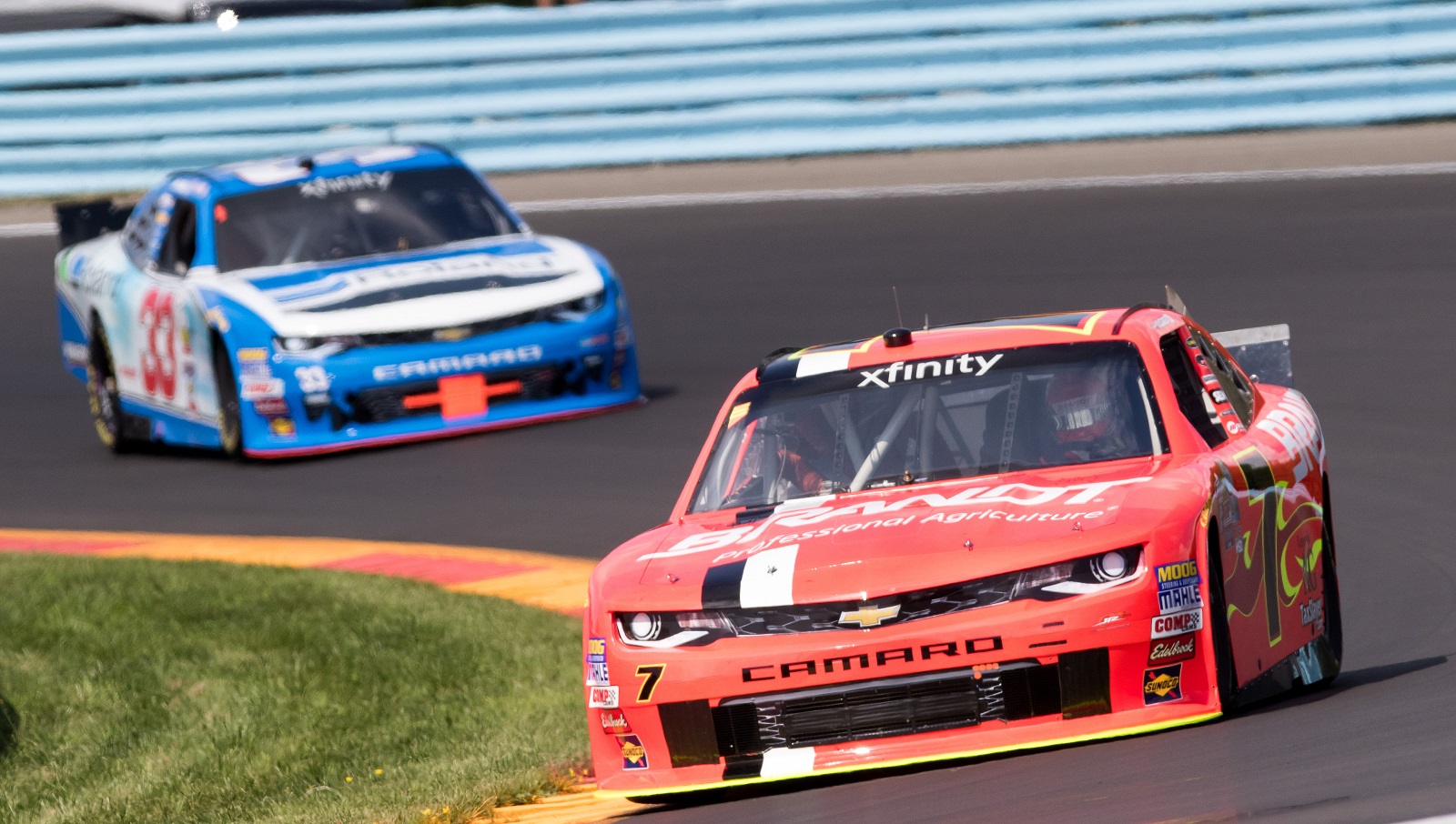
NASCAR Edges Closer to Emulating a Major Feature of Open-Wheel Racing
For a sport built on left turns, NASCAR did an abrupt 180 last season by bringing an influx of road courses to the Cup Series. Coming out of the makeshift season without fans in the grandstands because of the pandemic, the sport needed a jolt, and the road courses served their purpose.
Now, the executives calling the shots need to keep moving forward, and a radical innovation that’s been on the back burner for a while might just be moving closer to reality.
NASCAR has been shaking up the status quo
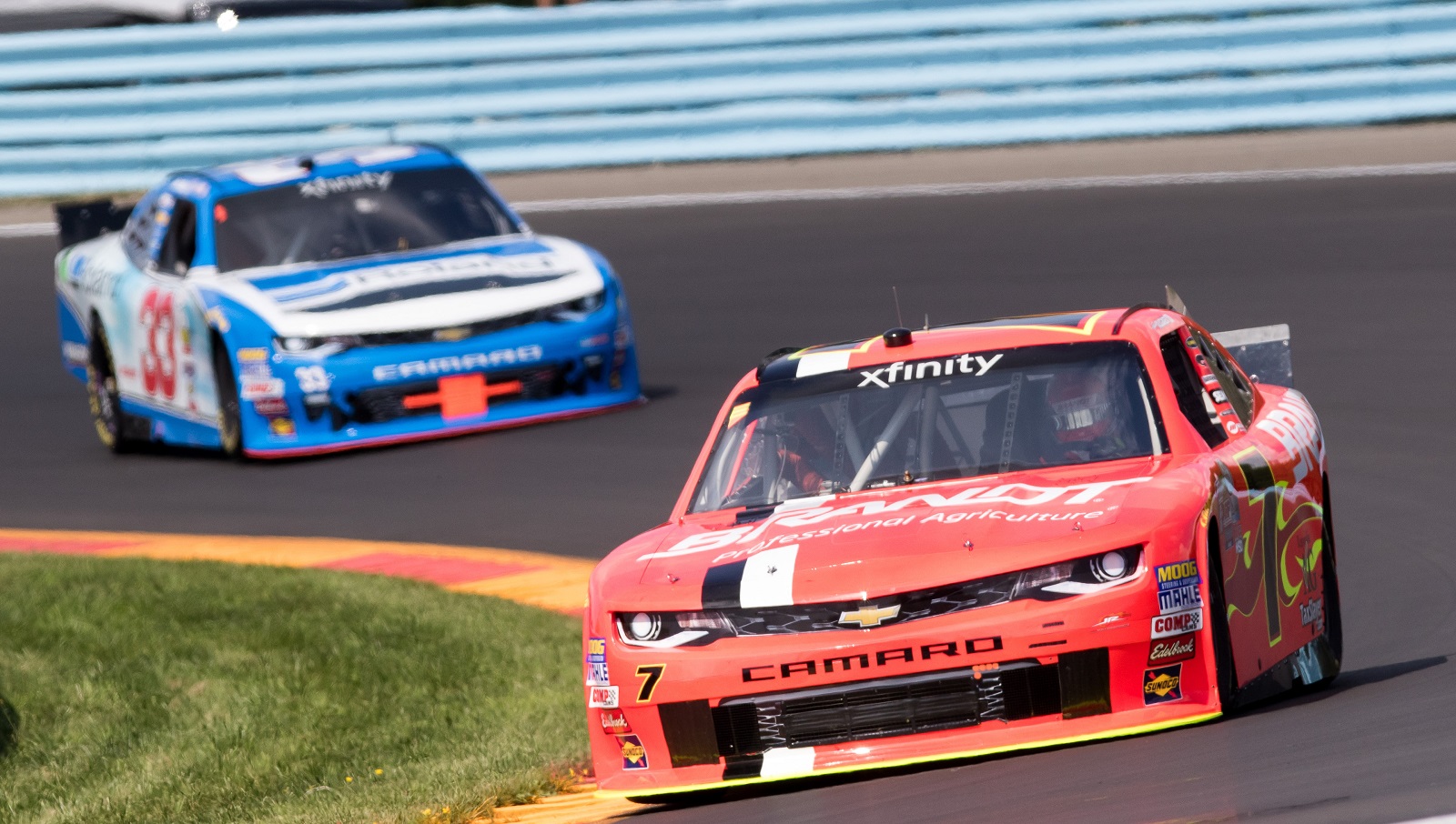
The comfort food approach to running the sport was already failing even before than pandemic hit. Thirty-four races a year on ovals and two others on road courses lacked imagination, but it’s what NASCAR gave its fans year after year. The “big news” in a given season was moving one or two races to newly built tracks or to ones that had fallen out of the rotation.
That changed out of necessity in 2020 because the pandemic halted racing a month into the season. After a two-month shutdown, NASCAR juggled the schedule to reduce interstate travel and set up shop for two races at a time at Darlington, Charlotte, Pocono, and Dover. They got in all 36 Cup Series races, and Chase Elliott captured the title.
Last year saw the sport move out of its comfort zone. Executives made the first Bristol date a dirt race and added five road courses to the schedule to complement Sonoma and Watkins Glen. As the season went on, the focus became the Kyle Larson redemption story that concluded with a triumph in the Championship 4.
The 2022 points-race schedule doesn’t show any radical changes. Instead, the innovation for the year was moving the Busch Lights Clash across the country and onto a specially built quarter-mile track in the Los Angeles Coliseum.
Racing on a Chicago street course remains in play
The move to so many street courses last season was an undeniable nod to the success of Formula 1 and IndyCar in creating compelling viewing on TV. The sizes of ovals change from track to track, but at day’s end they’re still ovals. The speed of a left turn at Talladega may be dramatically different than that of one at Martinsville, but it’s still a left turn.
The road courses shook up the look of NASCAR racing. Now, NASCAR seems to be progressing in talks to bring about its next innovation: a street course in Chicago, yet another nod to the open-wheel series like Formula 1 and IndyCar.
Sports Business Journal reports NASCAR and Chicago officials have conducted ongoing talks about trying to pull off a street race in 2023 or ’24. Though a complicated endeavor, the race would achieve two goals:
- Visually, a street course is an exciting and imaginative change for TV viewers.
- Getting back into a major market like Chicago, especially after the success of the Busch Light Clash in Los Angeles, creates new interest in the sport.
Chicagoland Superspeedway was on the Cup Series schedule every year from 2001-19. Kyle Busch (two wins in Cup races, four in the Xfinity Series, and five in trucks) may have been the only person sadder than NASCAR officials when the 1.5-mile track in Joliet closed in 2020.
What would it take for NASCAR to run a street race in Chicago?
The current Cup Series races on ovals and road courses are simple productions for NASCAR because the facilities are in confined venues and built for racing.
That’s not the case when improvising a course on city streets. Formula 1 and IndyCar are good at figuring out how to do it, but the financial and logistical hurdles, especially for the first try, are daunting. It’s that first shakeout during which the planners come across nightmares from the water authority tearing up freshly paved streets to make repairs a month before the race to coordinating with police and other first-responders for potential emergency calls inside the racing loop.
To that end, Sports Business Journal reports that NASCAR was looking to the future a year ago when it added a Chicago street course to its iRacing schedule. The iRacing track was a 2.2-mile loop adjacent to Soldier Field. To make it feel more realistic, game designers meticulously scanned the real-life streets to add details to the game.
That’s a great start for determining if the sightlines work for TV and for managing the configuration of pit stalls and spectator viewing.
NASCAR went through the same preparations before moving the Busch Light Clash to the Coliseum, so putting a race onto the streets of Chicago seems more than just a wild dream.
Like Sportscasting on Facebook. Follow us on Twitter @sportscasting19.
